How One Woman With a Special Plan Saved Assam’s ‘Hargila’ Storks From Extinction
Remarkably, her conservation efforts are driven by more than 200 local women, whom she calls the 'Hargila Army'.

Back in 2014, the Zoological Society of London identified the Greater Adjutant Stork, an unusual species of scavenging birds, as one close to extinction or an EDGE (Evolutionarily Distinct and Globally Endangered) species.
This ungainly scavenger, considered by many as a disease-carrying creature and a bad omen, was once commonly found across the wetlands in Southeast Asia. Today, less than 1,200 are left in the world of which more than 75 per cent are residing in Assam itself.
For award-winning conservationist Purnima Devi Barman, this species, locally referred to as the ‘Hargila’ (bone-swallowers), has always been a friend.
Want your child learn about important issues like animal conservation and waste segregation from a very young age? Check out the 5-in-1 activity set for kids here.
Fondly referred to as the ‘Hargila Baideu’ (Stork Sister) by the local community for the work she has been doing for the birds, Purnima has dedicated her life to protect the Greater Adjutant by stopping landowners from cutting down their nesting sites, and taking matters to court for the protection of the wetlands from rampant concrete construction.

As a child, Purnima would see the birds land on her grandmother’s paddy fields in Pub Majir Gaon (village) in Kamrup district, Assam. Unlike other popular species of animals like tigers or rhinoceros, the Greater Adjutant never enjoyed the same kind of recognition.
“My grandmother instilled my love and passion for nature. But it was during my Masters studying ecology and wildlife biology, when my professors spoke of the endangered Greater Adjutant Stork, which were then nowhere to be seen in my grandmother’s paddy fields. I volunteered at Aaranyak, a Guwahati-based non-profit wildlife conservation organisation, but saw that people’s interest was restricted to glamourous species like the rhino or tigers. So, why shouldn’t I work towards protecting the Greater Adjutant Stork,” says Purnima, speaking to The Better India (TBI).
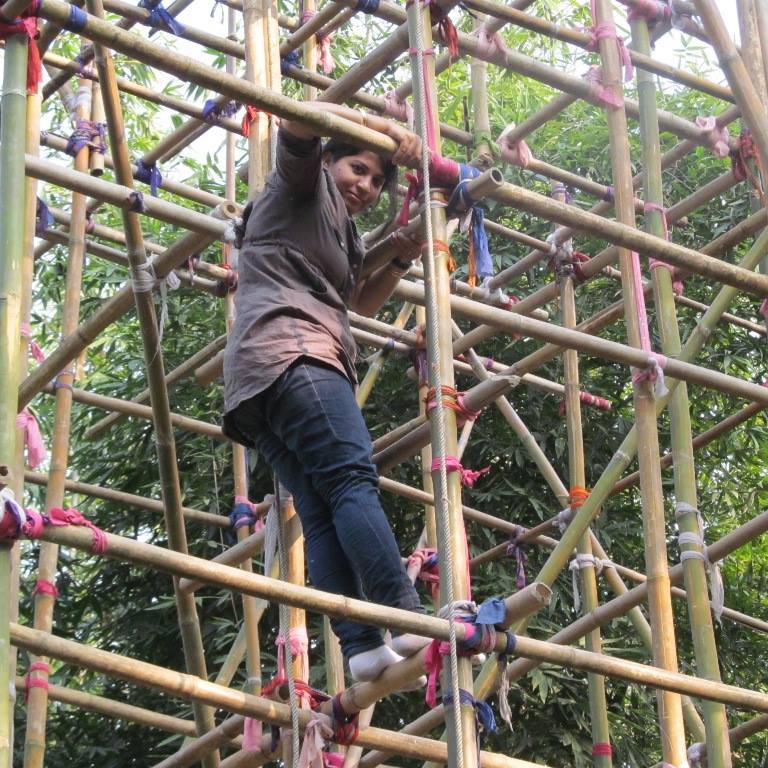
Not taken in by the negative stereotypes associated with the bird, she soon understood its relevance in the local ecosystem while working on her PhD thesis in wildlife biology in the remote villages of Kamrup district in the Brahmaputra Valley. However, not everyone understood the relevance of this scraggly-looking bird. Such was the disdain against these birds that landowners would routinely chop off their nesting trees and poison their sources of food.
“Their primary food is left-overs. That’s why they are known as carrion–eaters. They keep the bad things clear from the environment,” said Moloy Baruah, president of Early Birds NGO, speaking to East Mojo. “Sometimes, because of mixing-up of poison and other plastic or non-consumable food, they get killed. That is happening around Deepor Beel (freshwater lake in Guwahati city) and garbage dumping ground,” he added.
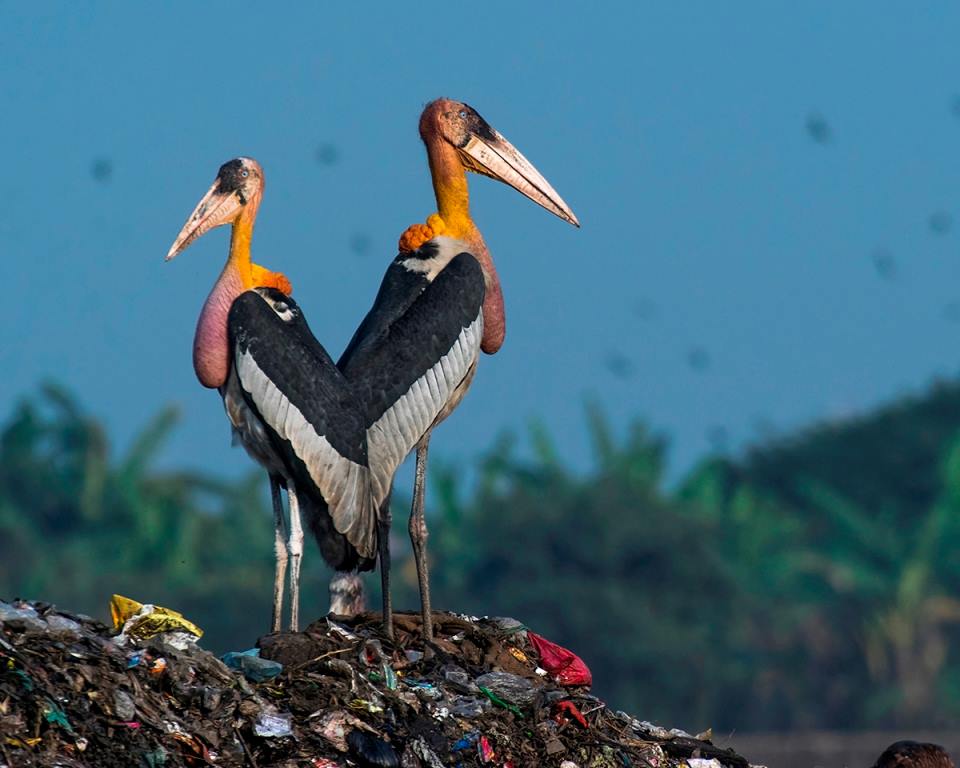
Motivation
Initially, Purnima’s objective was to first finish her PhD and then get into academia, but all that changed sometime in December 2007 when she went to a village called Dadara in Kamrup district to do her fieldwork for PhD, when she received an urgent call about a nesting tree being cut down.
“A man was cutting down a nesting tree, where nine nests were present and baby birds were falling down. I spoke to him, but realised that it was not his fault at all. He never knew that it was an important species for the environment. Then I visited the communities and people who were very unhappy about the messy habits of the bird, and the stench emanating from their nests,” said Purnima, when she received the Whitley Award or the ‘Green Oscars’ in 2017, for her remarkable community-led conservation work.
That day, when she came back home, she realised that a PhD would not be enough. From then on, she made it her job to understand why the numbers were dwindling, speak, educate and motivate the people to save it.
“This incident had given me my life mission. Consequently I had to delay my PhD, and only this year did I manage to finish it,” she tells TBI.
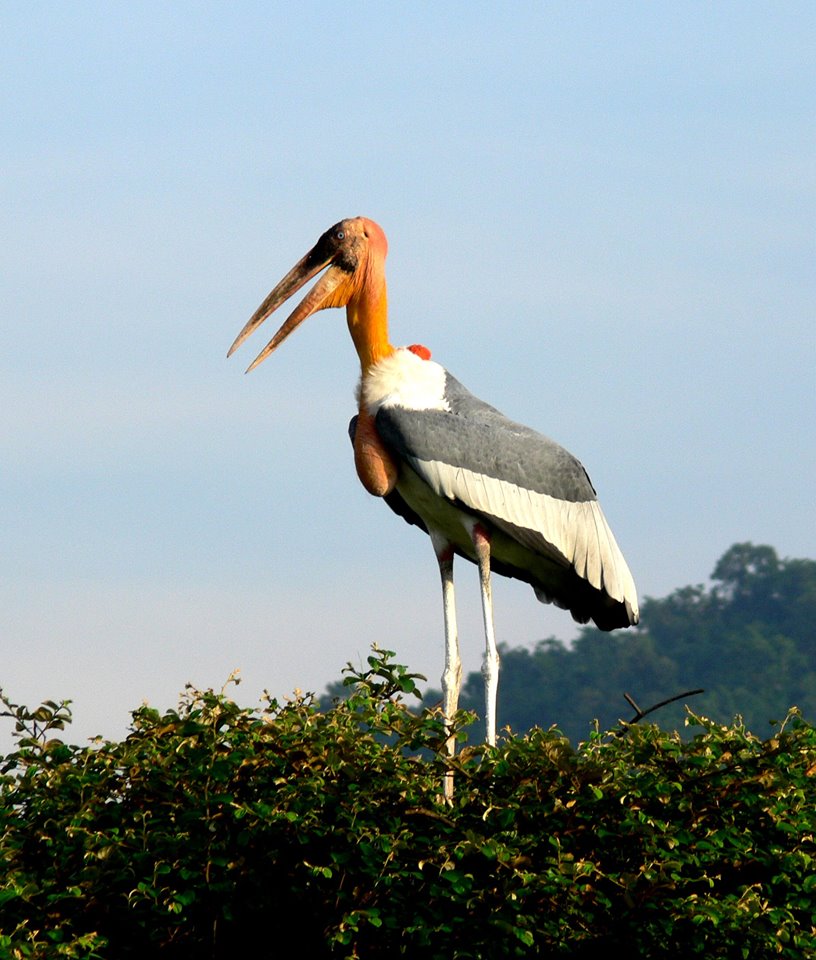
Mission mode
Since that fateful day, she has been on a mission to protect these species from extinction. To save the Hargila she devised an ingenious public relations plan to change the mindset of the people about these birds. Working alongside Aaranyak, she began a one-woman campaign to redefine the bird’s identity within local communities, getting them to take “ownership” of the conservation process.
Her persistent PR campaign in the villages of Kamrup district, particularly in Dadara and Pacharia villages, where nearly a 150 Hargilas reside, found real support, particularly among the women.
“When I began conservation work in the colony (Dadara and Pacharia villages), there were about 28 nests. In 2019/19, we have about 200 nests in the same colony. This colony contains the highest concentration of Hargilas in the world,” adds Purnima.
It was in 2015, that she formally established the ‘Hargila Army’ of women working for the conservation of this endangered species. Today, there are about 400 members, of which 200 are active. The rest attend meetings and mobilise support for developing livelihood opportunities for local women. “The communities have accepted the bird as a part of their society. But community conservation is a never ending process,” says Purnima.

Speaking to Mongabay, Purnima spoke of her pitch to local villagers:
I have two daughters. If they make my house messy, should I dislike them? What do I do? I clean it. Why? Because they are my daughters! I’m their guardian. You are the guardian of this stork, and these birds are making you very proud. Your name is going to be famous throughout the world because if you protect the bird, then all will salute you.
With a close understanding of local culture and traditions, she began finding a place for the humble Hargila. Attending weekly rituals at local temples, she eventually got the consent of local women to present her slideshows about the Hargila and its importance to the local ecosystem. She would also conduct cooking competitions as well for these women, where once again she would present her slideshow.
Additionally, she found a way to incorporate the bird into folk songs and Durga Puja processions, besides supplying homemakers with yarn to weave traditional gamochas (cotton scarves/towels) and tablecloths marked by Hargila motifs. Today, members of her famed Hargila Army weave these gamochas alongside other handloom items, spreading awareness about protecting the species.
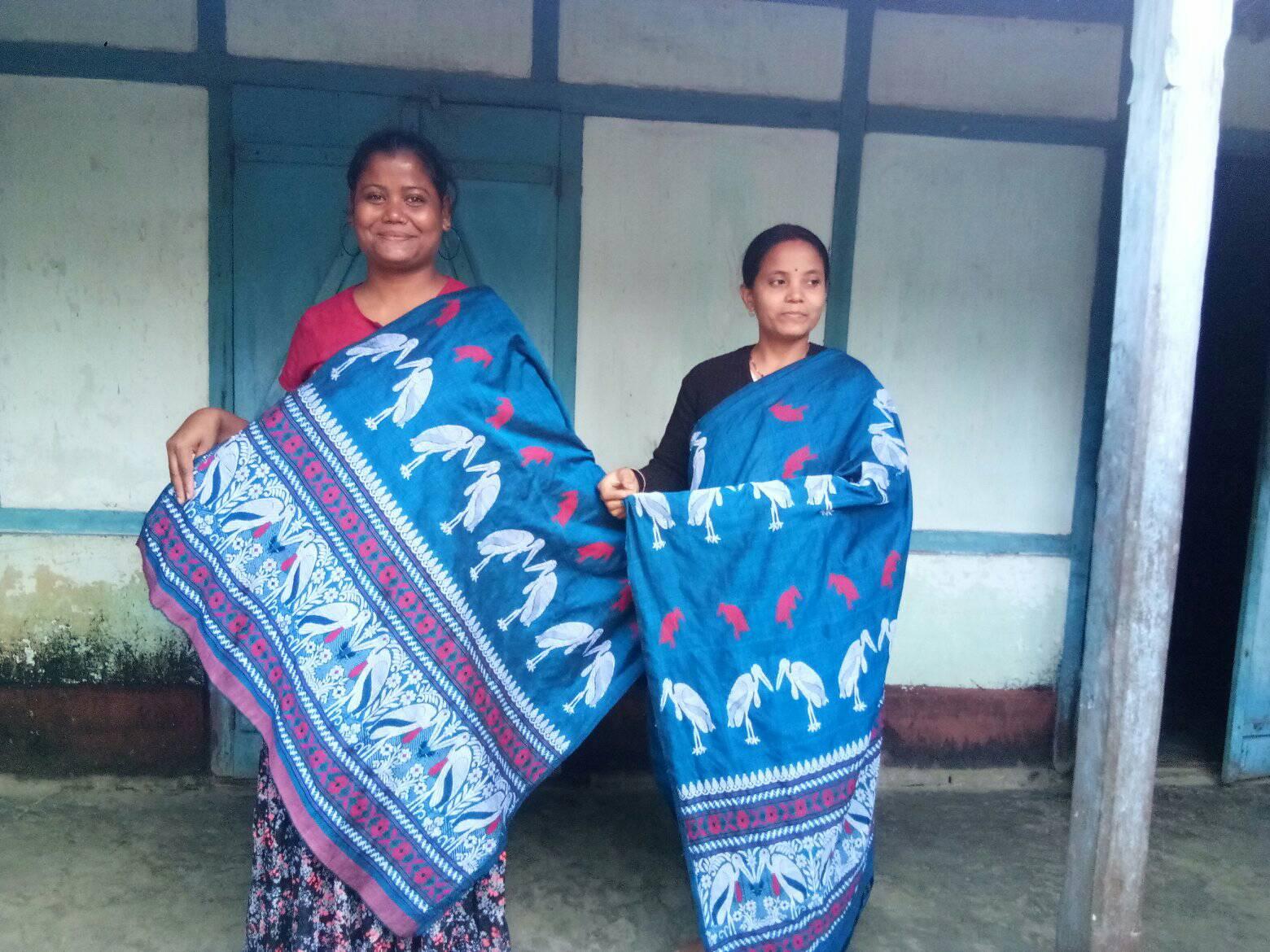
Following the Whitley Award, she developed an artificial bamboo platform measuring 60 feet high for these birds to find a nesting place outside the confines of private property. Despite skepticism from many corners, including conservationists, this exercise has enjoyed some success. Following some initial errors last year in the design, she fixed them and this year the first chick hatched and flew away. If she does get support from the local administration, more such structures could come up.
After this exercise, she started taking classes for young village school students on how to rescue a Hargila and rehabilitate them, besides educating local women about how integral the Hargila is to the local ecosystem.
At a more basic level, the villagers ensure the Hargila’s safety by providing nets to protect their young ones falling out of the nests during storms or windy days.
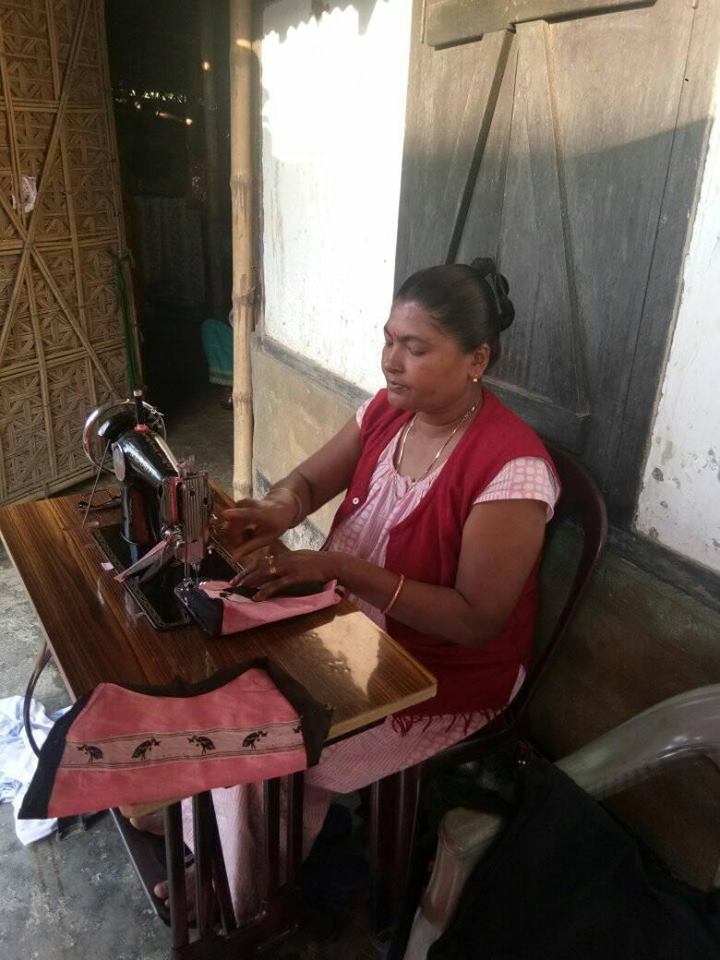
“I’ve been working with 10,000 people. Trust me, working with people is the toughest challenge. We are all connected. This shows how the greater adjutant are connected to the other species, habitats, and people. When a little girl from the village wears a greater adjutant costume in her school’s fancy dress competition,. . . . this makes me cry out of happiness,” she said during her Award speech.
However, none of this work has come without its challenges, particularly questions raised about her work as a woman in these unconventional spaces.
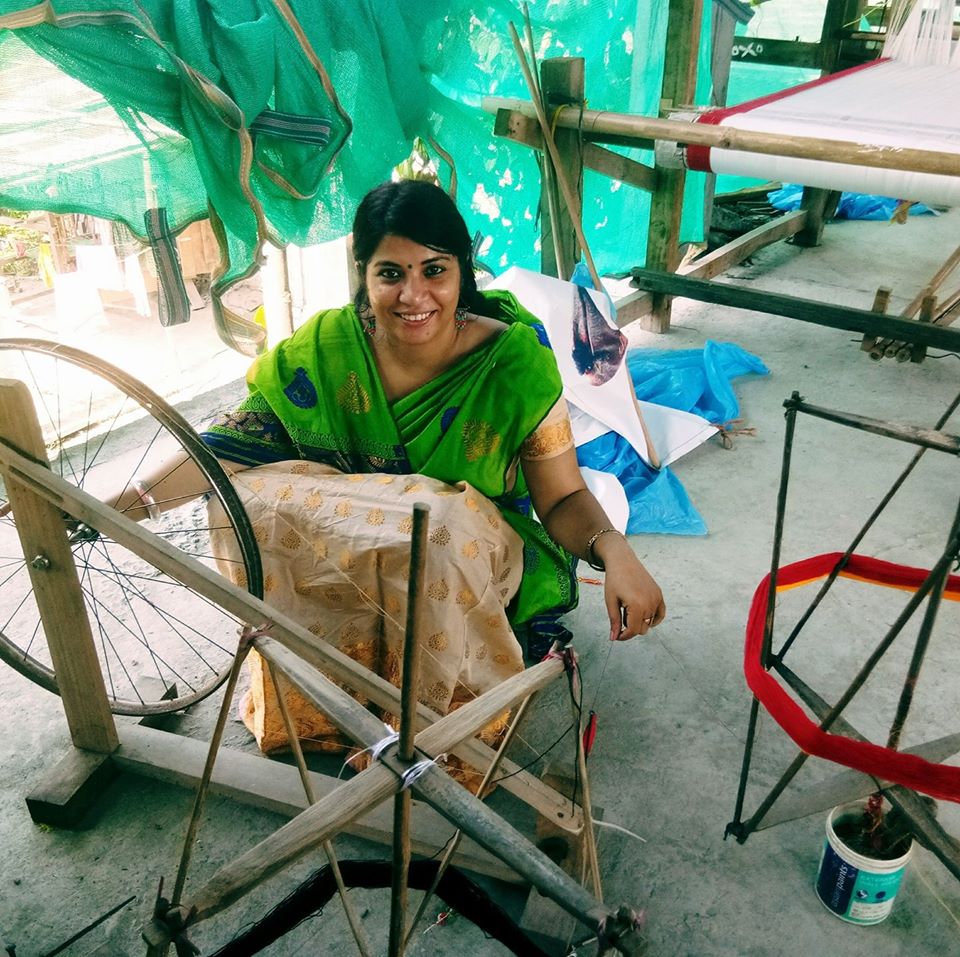
“During my Master’s when I thought about this line [of work], there were no women. My parents were very worried because they had big dreams for me, and my job was very insecure. My neighbours would ask, why she’s coming late. However, every moment in this journey has been challenging, but I know my goal,” she told Outlook.
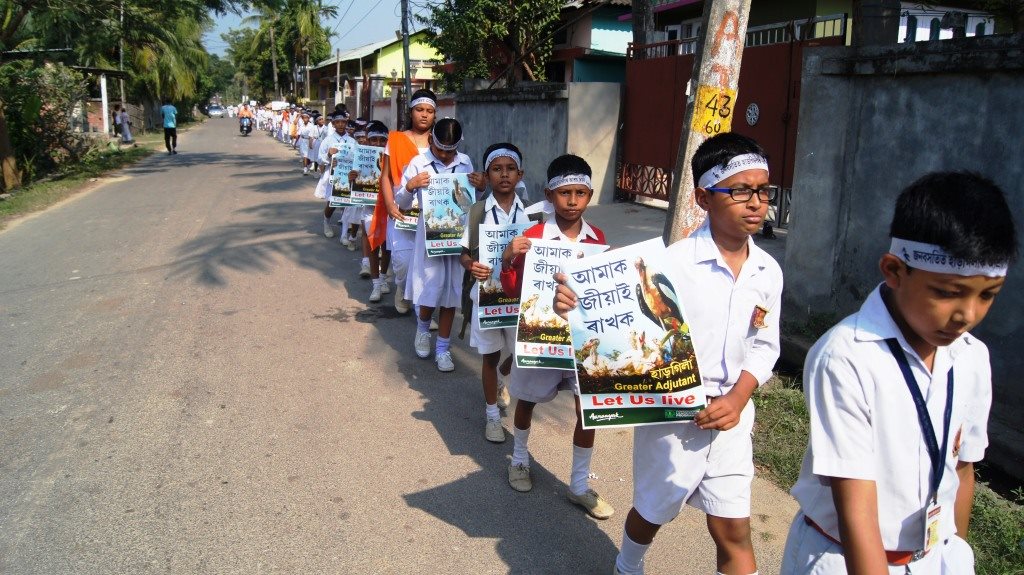
She regularly receives calls from local residents if young Hargilas are seen falling from their nests, particularly during the monsoons. Once they are rescued, these birds are sent to the Assam State Zoo for rehabilitation and care, before they are eventually released back to the wild. For these efforts, Purnima has even received support from the Kamrup district administration and Kamrup Police.
However, these villages need a veterinary centre in the neighbourhood because the State Zoo is often far away.
The Whitley award gave both the Hargila and the local community of women a lot of recognition. Although I had worked closely with the district administration and police earlier, the award gave me greater access to policymakers at the highest level. Earlier this month, the New Zealand High Commissioner Joanna Kempkers, upon hearing about our work, supported our bid to give women from the local community 80 sewing machines, shares the Naari Shakti award winner with TBI.
Also Read: Gir’s 1st Woman Guard Has Rescued 1000+ Animals in 12 Years!
A fundamental cause for the dwindling numbers of most endangered species is the widespread destruction and degradation of their natural habitat like the wetlands in case of the Hargila. Thus, with no safe areas to forage, and live, and no nesting trees around, the situation still remains grim for endangered species.
(Edited by Saiqua Sultan)
Like this story? Or have something to share? Write to us: [email protected], or connect with us on Facebook and Twitter.
If you found our stories insightful, informative, or even just enjoyable, we invite you to consider making a voluntary payment to support the work we do at The Better India. Your contribution helps us continue producing quality content that educates, inspires, and drives positive change.
Choose one of the payment options below for your contribution-
By paying for the stories you value, you directly contribute to sustaining our efforts focused on making a difference in the world. Together, let’s ensure that impactful stories continue to be told and shared, enriching lives and communities alike.
Thank you for your support. Here are some frequently asked questions you might find helpful to know why you are contributing?


This story made me
- 97
- 121
- 89
- 167











